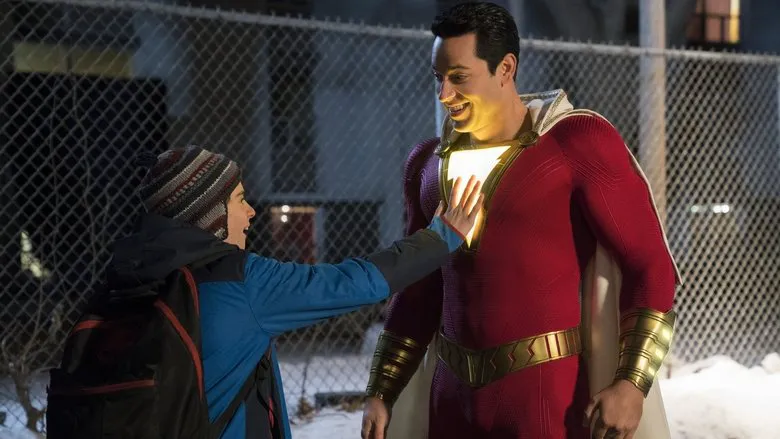Shazam!: A Radiant Return to the Heart of Superhero Cinema
In an era saturated with superhero spectacles, it’s refreshing when a film breaks through the noise not with a thunderous roar, but with a clever, heartfelt laugh. “Shazam!” is precisely that kind of movie—a dazzling achievement for the DC Cinematic Universe that feels like a nostalgic journey back to the best teen adventure films of the 1980s. It’s a genuine bullseye, proving that genuine charm and character-driven humor can still make a significant impact.
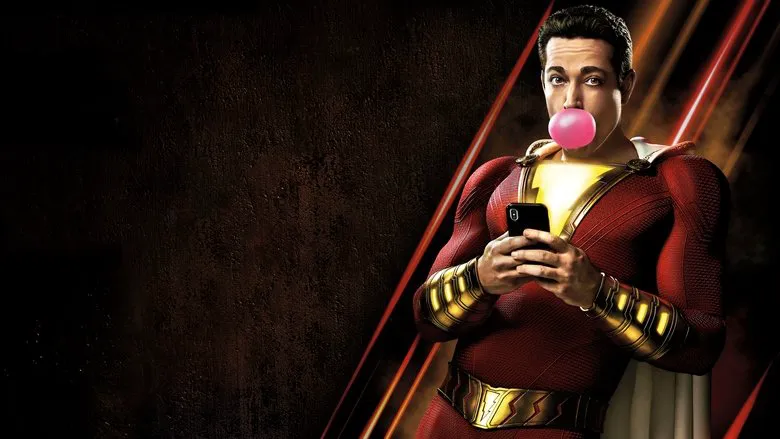
At its core, “Shazam!” introduces us to Billy Batson, a resilient young boy marked by a childhood tragedy. Having lost his mother at a fair years ago, Billy has been tossed between one foster home and another, constantly running away, driven by the lingering hope of reuniting with her. Despite diligently scouring entire phone books for her name, his efforts have been fruitless. Even when placed within a warm, sprawling family comprised entirely of fellow foster children, he struggles to find his footing, an outsider in his own spirit.
His already tumultuous life takes an extraordinary turn one fateful day when a seemingly ordinary subway train diverges onto an entirely unexpected path, depositing Billy at a truly bizarre station. Deep within a remote, eerie cave, the last ancient wizard, cloaked in mystique, grimly declares that Billy must become his successor. Why Billy? Because, as the wizard claims, he alone is deemed worthy of becoming the new Shazam. Or perhaps, more pragmatically, because the dying wizard simply has no more time to seek a better candidate. Thus, through a bolt of lightning and a word, Billy is transformed: he becomes Philadelphia’s newest superhero, following in the city’s heroic, albeit fictional, footsteps of Rocky—a connection undeniably and enjoyably referenced in the film.
A Refreshing Counter-Narrative to Superhero Tropes
In a cinematic landscape where the ironic embrace of clichés has, itself, become a cliché, crafting a genuinely funny superhero movie without sinking into the quicksand of postmodern deconstruction is a formidable challenge. The once-original act of deconstructing genre canons now feels worn; merely pointing out a trope with a smug “Ha! Look, a genre convention!” no longer suffices. Even movies like “Deadpool,” for all their satirical bite, consciously attempt to ground their humor in some semblance of dramatic narrative. “Shazam!” doesn’t represent a seismic shift in this regard, yet it undeniably marks a qualitative improvement. The often-cynical hand of an author, desperately trying to twist every scene into an intertextual tickle-fest for the audience, is notably absent.
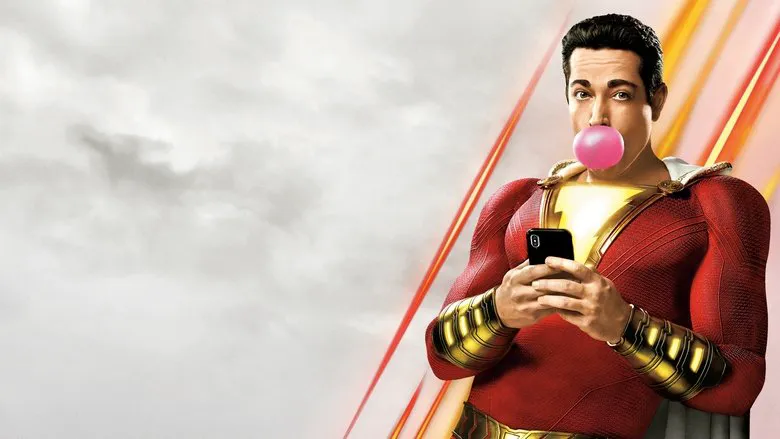
Humor Rooted in Authentic Character
What sets “Shazam!” apart is that its conditional “mockery” doesn’t emanate from the filmmakers’ lofty perspective. Instead, it springs organically from the characters themselves, their distinct personalities, and their wonderfully carefree, almost schoolboy-like interpretation of heroism. Just as Billy and his foster brother Freddy enthusiastically — and hilariously — probe the limits of Billy’s newfound powers, the film itself charges headlong down familiar narrative paths with a deafening, youthful arrogance. It’s akin to a bright, rebellious schoolboy (in the best possible sense), meticulously scrutinizing academic formulas for inconsistencies or pretexts for a witty jab. Why do villains never aim for the face? Why do they always deliver their grand, pompous speeches from a safe distance? And where do superheroes procure such unbelievably cool names? The film revels in the genuine struggle of coming up with a superhero moniker (and somewhere here, a clever, though unspoken, joke about “Captain Marvel” seems to subtly float, which we can charmingly blame on copyright. Or lack thereof). More importantly, Billy genuinely asks: why should I save anyone when I can simply smash ATMs and charge for selfies?
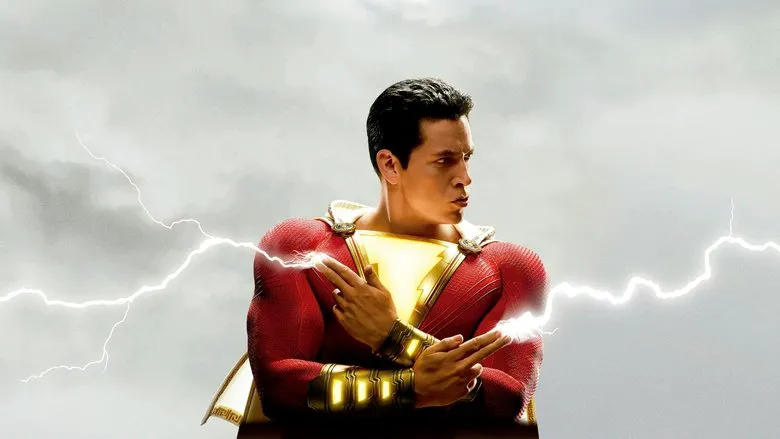
An Endearing Fidelity to Genre Conventions
Despite its playful digressions and humorous taunts, “Shazam!” maintains a profound fidelity to the core discourse of the superhero genre—a discourse that has proven its enduring effectiveness across hundreds of solo films. It operates within the same stringent narrative structure and embraces the timeless themes of friendship, family, and other fundamental virtues. Yet, it manages to convey these elements with a refreshing wit, audacious spirit, and disarming sincerity that elevates it above its peers. The delicate subject of foster parents, for instance, never devolves into manipulative emotional ploys, even with numerous opportunities to do so. Furthermore, the film’s appeal to teenage aesthetics never feels like a cynically calculated producer’s attempt to flirt with its target audience—there’s no “how do you do, fellow kids” moment here.
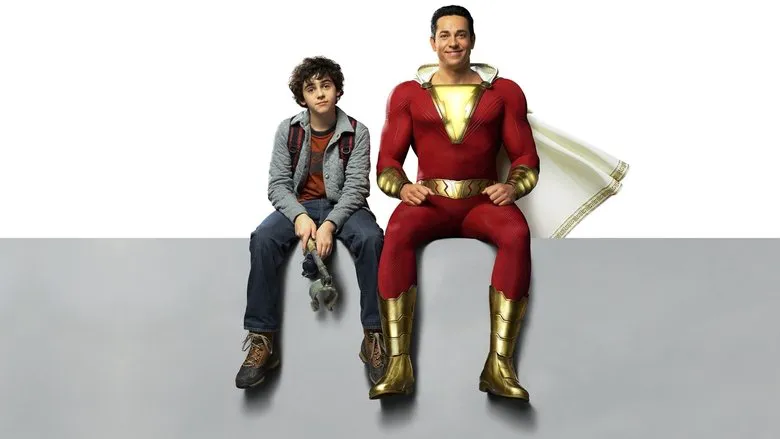
Stellar & Charismatic Performances
The brilliance of “Shazam!” is underscored by its charismatic performances. Zachary Levi, a forty-year-old man, expertly embodies the spirit of a good-hearted, often bumbling teenager without ever appearing infantile or stupid—a remarkable feat, especially if one isn’t a master like Tom Hanks (a playful nod to Big is also cleverly woven into the narrative). Thanks to Levi’s exuberant eccentricity, particularly in his dynamite duet with fifteen-year-old Jack Dylan Grazer (Eddie from It), the film’s signature gags truly land. Often teetering on that wonderfully fine line between utterly adorable and outright idiotic, any misstep in acting could have instantly stripped the entire film of its considerable charm. But charisma is something “Shazam!” possesses in spades. Even the typically bland archetype of the solo film villain, portrayed by Mark Strong, has genuinely successful moments, managing to be both infernally menacing and subtly ironic.
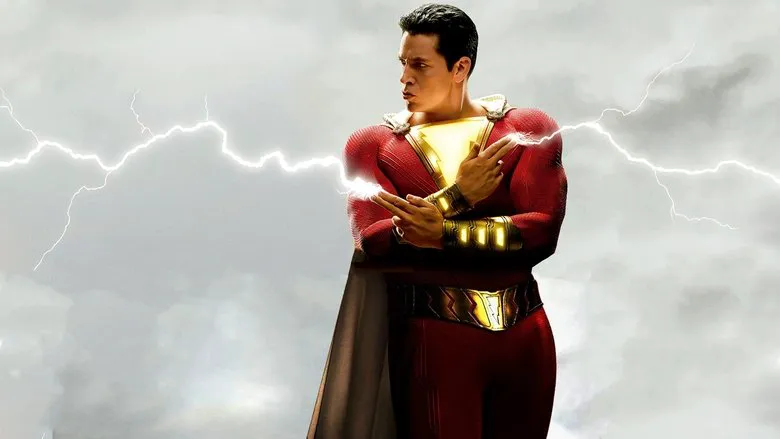
A Heartfelt Homage to Classic Teen Adventures
The film demonstrates an astonishingly accurate understanding of teenagers, both in its comedic timing and its unique approach to its rating. For a PG-13 film, “Shazam!” surprisingly features a plethora of genuinely nasty monsters, skulls, peeling skin, and other unsettling horrors that might make any responsible parent raise an eyebrow. In this regard, it powerfully evokes the spirit of classic teenage adventures from Amblin Entertainment studios, much like “Gremlins” or “The Goonies,” whose influence director David F. Sandberg clearly channeled. This sets it apart from its thematic competitor, “Spider-Man: Far From Home,” which leaned closer to the cinema of John Hughes. While James Gunn attempted a similar blend in the second “Guardians of the Galaxy,” his effort felt less concentrated and placed a greater emphasis on visual spectacle. “Shazam!” on the other hand, doesn’t overtly reference specific aesthetics or strive to emulate anyone else—neither its DC brethren nor, especially, its Marvel rivals. Its “retro soul” is rooted purely in its creative approach and brave directorial decisions.
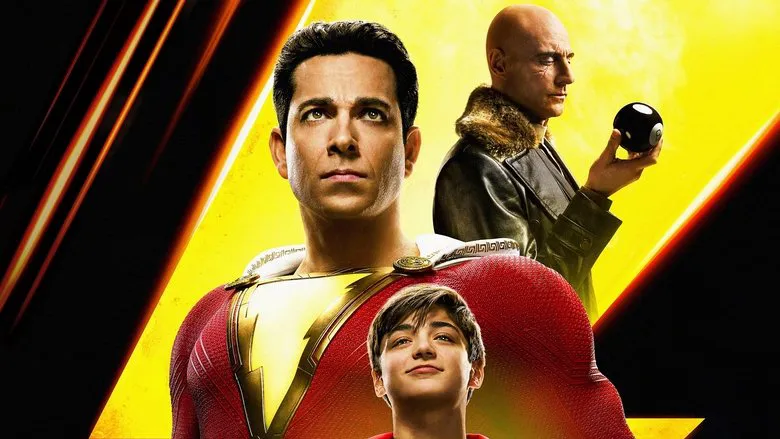
It works masterfully on the level of jokes, too. Our hero, upon gaining an adult body, doesn’t immediately set out to save the world; his initial impulse, hilariously, is to try and buy beer. This grounded, youthful perspective permeates the film, making its fantastical elements feel all the more authentic and relatable.
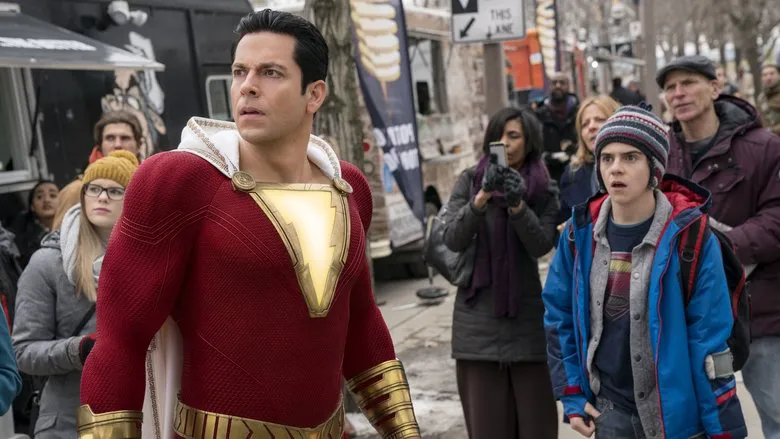
Final Verdict: A Fun, Promising Direction for DC
Even if the narrative pacing occasionally slows down towards the finale, inevitably capitulating to the unspoken law of blockbusters by concluding with a somewhat standard large-scale battle. Even if it’s not always peak witty, and just sometimes—only sometimes—a tad more preachy than strictly necessary. Despite these minor quibbles, “Shazam!”, alongside “Aquaman” (interestingly, both helmed by former horror directors), exemplifies a highly encouraging trajectory for the DC brand. Where once DC attempted to distinguish itself through feigned gloom and (often unsuccessful) claims to high-brow cinema, the studio has now embarked on a refreshingly radical new course. While their “mouse friends” at other studios laboriously construct intricate multiverses, DC is committing to producing films that are original, unburdened by sprawling narratives, and most importantly, genuinely enjoyable. “Shazam!” is a testament to this liberating, fun-first approach, establishing itself as a beacon of light and laughter in the ever-expanding universe of superheroes.
